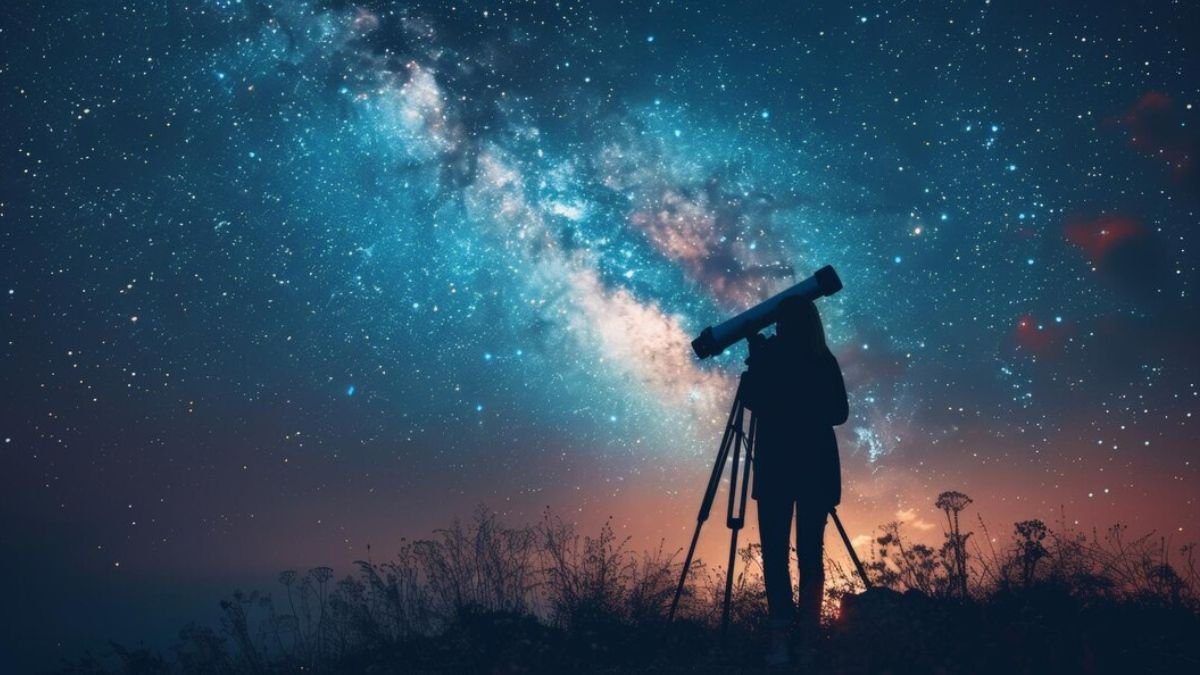introduction
The universe is filled with awe-inspiring celestial bodies, each with its own unique story. From the twinkling stars that light up our night skies to the distant galaxies that remain a mystery, the cosmos never ceases to amaze us. Among these countless wonders is a stellar object known as Stars-923—a name that has piqued the curiosity of astronomers and stargazers alike. But what is it about Stars-923 that captivates the imagination? How was it discovered, and what secrets does it hold? In this article, we’ll dive deep into the world of Stars-923, exploring its origin, characteristics, and significance in the universe.
A Cosmic Gem: The Discovery of Stars-923
Date of Discovery
Stars-923 was first identified in the early 2000s, during an era marked by rapid advancements in space observation technologies. With the introduction of high-powered telescopes and more precise methods of space exploration, astronomers began cataloging previously undiscovered stars and stellar objects in distant parts of the universe. Stars-923 was one such discovery—a celestial gem tucked away in the vastness of space.
Discovery Method
The detection of Stars-923 was made possible through a combination of spectroscopy and photometry, two essential techniques in modern astronomy. Spectroscopy allowed scientists to study the light emitted by the star, giving insight into its chemical composition, temperature, and movement. Photometry, on the other hand, enabled researchers to measure its brightness and luminosity over time. Together, these techniques painted a detailed picture of Stars-923’s characteristics and set it apart from other stars.
Initial Observations
When astronomers first observed Stars-923, they were struck by its unusual luminosity and unique spectral properties. Unlike many stars in its vicinity, Stars-923 exhibited fluctuations in brightness, suggesting that it might be part of a binary system or experiencing internal stellar changes. These initial observations sparked a wave of research, as scientists aimed to understand the star’s behavior and composition more deeply.
The Stellar Symphony: Characteristics of Stars-923
Spectral Class and Luminosity
Stars-923 belongs to the spectral class G, placing it in the same category as our Sun. However, its luminosity is significantly higher than expected for a star of its type, which has led researchers to speculate that it might be undergoing a temporary phase of increased brightness. On the Hertzsprung-Russell diagram, Stars-923 falls within the main sequence but edges toward the brighter, more massive side of the spectrum.
Size and Mass
Stars-923 is a relatively large star, with a mass estimated to be 1.5 times that of the Sun and a radius that expands more than twice the size of our Sun. Despite its greater mass and size, its density remains lower, giving it a more diffuse appearance. This makes it an intriguing object of study, as its mass and size don’t quite align with standard models for stars in its class.
Age and Evolution
Based on its spectral characteristics and position on the Hertzsprung-Russell diagram, Stars-923 is believed to be a middle-aged star, roughly 4.6 billion years old—a similar age to the Sun. It is currently in the main-sequence phase of its stellar life cycle, which means it is actively fusing hydrogen into helium in its core. As it continues to age, Stars-923 is expected to evolve into a red giant, marking the next stage in its life cycle.
A Beacon in the Cosmos: Unique Features of Stars-923
Unusual Composition
One of the most fascinating aspects of Stars-923 is its unusual chemical composition. Spectroscopic analysis revealed higher-than-average concentrations of heavy elements, such as iron and magnesium, within its atmosphere. These elements are typically found in stars that have undergone supernovae or interacted with nearby stellar bodies. The presence of these elements suggests that Stars-923 may have a more dynamic history than initially thought, possibly involving interactions with other stars or remnants of stellar explosions.
Unusual Behavior
In addition to its chemical composition, Stars-923 displays anomalous stellar behavior that has perplexed astronomers. The star experiences periodic fluctuations in brightness, a trait not commonly found in stars of its class. These fluctuations are irregular, leading some scientists to theorize that Stars-923 could be part of a binary system, where a companion star orbits close by, affecting its luminosity. Another possibility is that the star itself is undergoing internal changes, such as pulsations or magnetic activity, which could account for the variability in brightness.
Scientific Significance
Stars-923 holds significant importance for the scientific community, particularly in the study of stellar evolution. Its unique features—ranging from its anomalous brightness to its unusual chemical makeup—provide valuable insights into the life cycles of stars and the processes that govern their development. Researchers believe that studying Stars-923 could help refine existing models of stellar evolution, particularly for stars with similar characteristics.
The Future of Stars-923
Predicted Evolution
As a middle-aged star, Stars-923 has several billion years of life left before it reaches the end of its stellar journey. However, based on its current characteristics, astronomers predict that Stars-923 will eventually evolve into a red giant, expanding in size as it exhausts the hydrogen in its core. This transformation will mark the beginning of the star’s final stages, ultimately leading to its collapse into a white dwarf—the remnant of its once-brilliant self.
Potential Discoveries
Stars-923 continues to be an object of interest for astronomers, and future research is likely to uncover even more about this enigmatic star. With advances in space-based telescopes and spectroscopy, scientists hope to gain a clearer understanding of Stars-923’s unusual behavior and composition. Additionally, there is potential for discovering new phenomena associated with the star, such as interactions with unseen stellar companions or the presence of exoplanets within its orbit.
YOU MAY ALSO LIKE: Exploring Enigmatic Poota La Maggie Meaning and Its Origins
Conclusion
Stars-923 stands out as a fascinating celestial body, offering a window into the complexities of stellar evolution. From its discovery through advanced techniques to its unique characteristics and behavior, the star remains a subject of intrigue for both scientists and stargazers. As technology advances, so too does our understanding of the universe, and Stars-923 will undoubtedly play a key role in expanding our knowledge of the cosmos. Whether it’s its unusual chemical makeup or the mystery of its fluctuating brightness, Stars-923 reminds us that the universe is full of surprises, waiting to be uncovered.
FAQs
What is Stars-923?
Stars-923 is a unique star discovered in the early 2000s, known for its unusual brightness, chemical composition, and fluctuating luminosity.
How was Stars-923 discovered?
Stars-923 was detected using spectroscopy and photometry, techniques that analyze a star’s light and brightness to determine its characteristics.
What makes Stars-923 unique?
Stars-923 stands out due to its irregular brightness changes, unusual heavy element composition, and potential as part of a binary star system.
What phase of its life cycle is Stars-923 in?
Stars-923 is a middle-aged star in its main sequence phase, actively fusing hydrogen into helium. It’s expected to evolve into a red giant in the future.
Why is Stars-923 important for science?
Studying Stars-923 helps scientists understand stellar evolution, particularly stars with atypical chemical compositions and behaviors.











